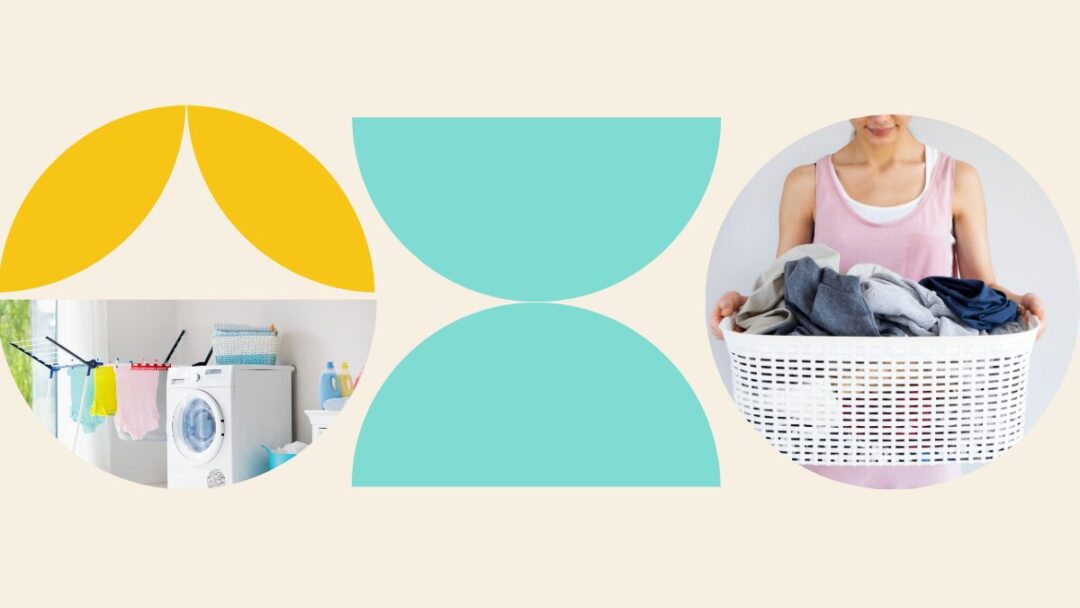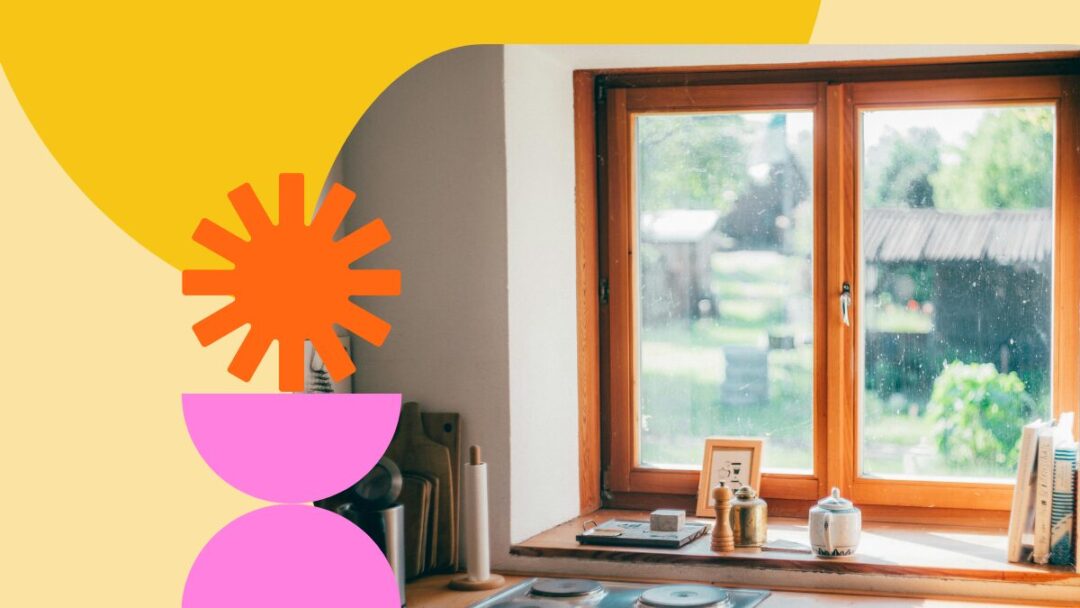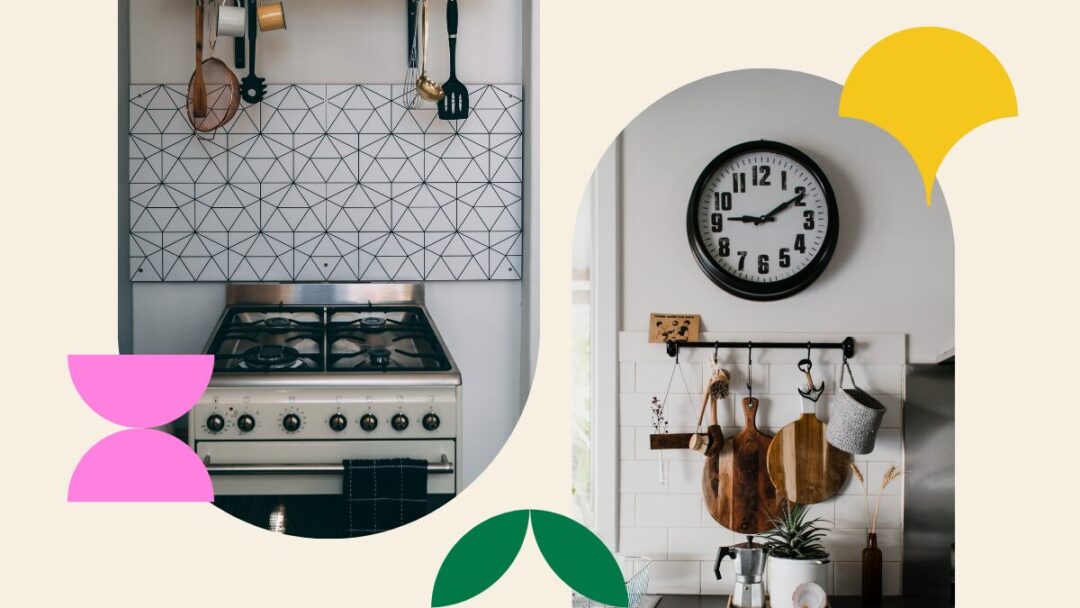If you’re thinking of changing up your flooring and you don’t want to spend a fortune, consider choosing vinyl. Vinyl flooring is waterproof, durable and affordable. It’s a suitable choice, regardless of your lifestyle. Vinyl floors work well for the bathroom, laundry room and other rooms in your house. Vinyl planks usually have a click-together tongue and groove design that makes them simple to install yourself.
Whether you install them in just one room or throughout your entire home, it won’t take too much time and effort to get that finished look. Installing vinyl flooring can be done DIY, or by a professional. If you’re going for the DIY option, there are a few useful pointers that you need to know about installing this popular type of flooring material, and why you should buy vinyl for your home. This article will serve as a guide before you buy and install vinyl flooring, and provide you with the points to keep in mind before making the decision.
What Is Vinyl Flooring
Vinyl flooring is made out of synthetic materials, its main component being PVC. These floors are easily confused with other types of flooring like laminate or linoleum, but vinyl flooring doesn’t contain any wood byproducts unlike laminate, or the natural materials of linoleum. Vinyl flooring is made from several layers of different materials.
Advantages Of Vinyl Flooring
Vinyl flooring has many benefits, including durability, pet-friendliness, and waterproofing. The multiple layers that make up the vinyl planks make it very strong, especially its core. It can withstand humidity fairly well, so these floors can be installed in your home if you live in a humid area.
Vinyl flooring has other advantages, for instance, it has a softer underfoot than other flooring types and is comfortable when walked on. Vinyl is budget-friendly, simple to install, has minimal maintenance, and comes in an array of various colours and designs.
Disadvantages Of Vinyl Flooring
Vinyl flooring does have disadvantages. For starters, the manufacturing process uses toxic vinyl flooring chemicals that may release VOCs (volatile organic compounds) after installation. Some VOCs have been found to cause cancer in some countries like the United States. Another disadvantage is that some sort of vinyl can look fake when seen up close.
Other disadvantages include the soft feel of vinyl floors that make them more susceptible to cuts or chips from dropped knives and such utensils. Although it is durable, vinyl can be difficult to repair if cut or scratched. And even though it’s easy to install, they can be hard to remove as their adhesive back hardens to your floorboards.
Where Should Vinyl Flooring Be Installed
Vinyl flooring is a suitable option for bathrooms as it is completely waterproof which makes it ideal; unlike carpet which retains moisture and is prone to grow mould. Due to its durability, vinyl flooring is a good choice for high-traffic areas such as the kitchen and living room.
Vinyl flooring can work well in bedrooms too, they are great for child’s bedrooms especially. Vinyl floors will hold up well against dropped toys and books. There are many fun styles and colours to choose from. You may want to install them in your master suite as well.
Types Of Vinyl Flooring
Choosing the best vinyl flooring for your home can be slightly difficult as there are quite a few options to choose from, including vinyl flooring, sheet vinyl flooring, and
vinyl tile flooring.
Vinyl Plank Flooring
Vinyl plank flooring can mimic the look of hardwood floors. It’s made in long planks with a tongue and groove click lock system, which makes installation a breeze. There are various price points, with luxury vinyl plank flooring or LVP at the highest. LVP’s main advantage is that it’s able to mimic the appearance of real wood flooring.
Vinyl Tile Flooring
Vinyl tile flooring is made to mimic the look of stone, ceramic, or porcelain tiles. Vinyl tiles come in a wide assortment of colours and sizes that can be installed in an array of exciting patterns. There are tons of possibilities. Grouts can even be added to resemble the appearance of stone or ceramic tiles. Luxury vinyl tile is a type of vinyl that is thicker than regular vinyl – it’s the added material that gives it the realistic ceramic tile look.
Sheet Vinyl Flooring
This type of vinyl flooring comes in a roll of flooring that measures up to about 12 inches wide. Sheet vinyl flooring isn’t as simple to install as vinyl plank flooring, so a professional will have to assist you or do the installation for you. Vinyl sheets are suitable for high-traffic areas of a home as they have less seams. They are more water resistant than vinyl tile floors, which have seams between the tiles.
Vinyl Or Laminate Flooring
If you’re having a hard time trying to choose between laminate and vinyl flooring, the key thing to keep in mind is that vinyl flooring is waterproof and laminate is not.
Most vinyl floors are made with 100% polymer materials, meaning they can withstand water. On the other hand, laminate flooring will soften and begin to swell if water or liquid is spilt on it. This makes laminate flooring a bad choice for rooms with exposure to water, including bathrooms, kitchens and laundry rooms. For these rooms, vinyl would be the better choice.
Even though vinyl flooring is water-resistant, it’s still advised to clean any spills right away to prevent stains. Clean vinyl floors daily or at least once a week. Simply sweep or vacuum to remove dust, pet hair and dirt, then use a soft microfiber mop and the cleaning solution of your choice. It is not a good idea to use wax polishes on vinyl floors as they will leave a slippery film.
What To Expect When Installing Vinyl
When installing vinyl floors, you can expect it to take up to 2 days to complete. Vinyl planks and tiles may take a few days. Depending on the temperature and climate of where you live, you may need a vapour barrier. In high humidity areas, moisture will travel to areas with less humidity, so if there is concrete where you would like to install vinyl flooring, you will need to install a vapour barrier. Vapour barriers will help to protect the floors from damage, by stopping the drive of water vapour upwards from the floors.
Once the subfloor has been laid out, the installation process will vary depending on the type of subfloor. The 2 common types are concrete and plywood. The type of vinyl flooring you have chosen will determine the installation process.
It’s advised that you contact a professional to learn more about what to expect when they install the new floors. A professional will also be able to guide you through each step of the process if you’re going DIY.
Now that you know the considerations to think about before buying any vinyl flooring for your home, all that’s left to do is choose the best one and install it. You are able to take the DIY route for installing vinyl floors, especially vinyl planks and tiles. But a vinyl sheet is best installed by a professional as it can be a complex process.
Hiring a professional will cost a bit more, but some advantages may outweigh the cost. With a professional, you have the assurance that your floors will be installed properly. Your pro will handle all of the work, including removing the current flooring, preparing the subfloor, and cleaning up after installation. It’s also the best way to ensure you won’t have to rack up more costs for repairs after installation or further down the line. If you do need assistance in cleaning your floors or anywhere else in your home, you can always book a trusted SweepStar for a professional home cleaning service.








